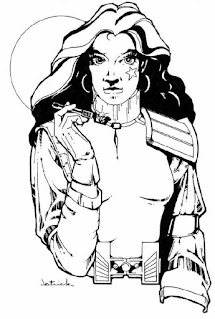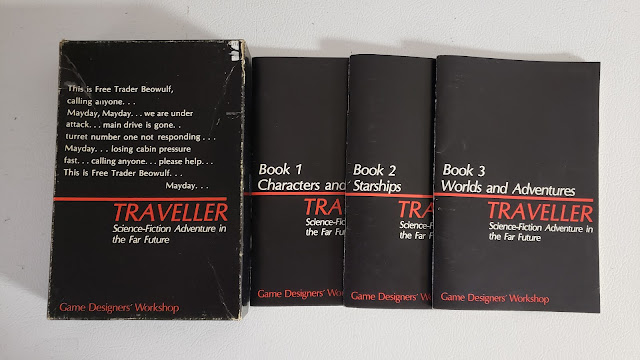Friday Fantasy: Conall Yellowclaw’s Quest
 Conall Yellowclaw is on an urgent quest. The son of King Erin has been kidnapped and the king laid the blame firmly on Conall’s three adult children and locked them up in the royal dungeons. King Erin has also granted one chance to prove their innocence and buy their freedom: venture beyond the kingdom’s borders and acquire the famed brown horse belonging to the mysterious King Lochlann. Now he has heard of this King Lochlann—and hopes that most, if not all of the terrible stories he has heard about him are untrue, but he has no idea where he can be found and certainly no idea that he even had a horse—brown or otherwise. Worse, Conall is just a simple tenant farmer, getting on a bit and probably past the age when he should be going off on adventures—even if it is to fulfil a quest given to him by his king. Fortunately, he is persuasive and he is pretty sure that he can talk someone, or rather more than someone, preferably a party of younger, more capable adventurers, into accompanying him and fulfilling the quest on behalf of King Erin. Since time is short, he approaches them directly and asks for the Player Characters’ help.
Conall Yellowclaw is on an urgent quest. The son of King Erin has been kidnapped and the king laid the blame firmly on Conall’s three adult children and locked them up in the royal dungeons. King Erin has also granted one chance to prove their innocence and buy their freedom: venture beyond the kingdom’s borders and acquire the famed brown horse belonging to the mysterious King Lochlann. Now he has heard of this King Lochlann—and hopes that most, if not all of the terrible stories he has heard about him are untrue, but he has no idea where he can be found and certainly no idea that he even had a horse—brown or otherwise. Worse, Conall is just a simple tenant farmer, getting on a bit and probably past the age when he should be going off on adventures—even if it is to fulfil a quest given to him by his king. Fortunately, he is persuasive and he is pretty sure that he can talk someone, or rather more than someone, preferably a party of younger, more capable adventurers, into accompanying him and fulfilling the quest on behalf of King Erin. Since time is short, he approaches them directly and asks for the Player Characters’ help.Conall Yellowclaw’s Quest: A folkloric adventure for Fifth Edition Dungeons & Dragons is an adventure designed for play with Dungeons & Dragons, Fifth Edition using roughly five Player Characters of Fourth Level and should offer between two and three good sessions’ worth of play. Inspired by the tale ‘Conall Yellowclaw’ from the 1892 collection, Celtic Fairy Tales by Joseph Jacobs, Conall Yellowclaw’s Quest is intended to be a fast-paced and light-hearted adventure, one which can easily be run as a one-shot or added to a campaign—the latter especially if the fey play a significant role in the Dungeon Master’s campaign. It will require access to the Elemental Evil Player’s Companion, Volo’s Guide to Monsters, and Xanathar’s Guide to Everything as well as the core rulebooks for Dungeons & Dragons, Fifth Edition.
If the Player Characters agree to help Conall, they have a few hours or so to conduct a little investigation in the Kingdom of Erin—a very minor kingdom, so easily added to the Dungeon Master’s own setting if necessary—and learn not only the route to Lochlann, but also possibly a clue or two which suggests that not all is as it seems. Then they are ready to set out, the road to Lochlann twisty, overgrown, and little used. Nevertheless, there are encounters to be had on the way, some pre-written, others requiring a little development once rolled on the encounter table. Some of these encounters have the potential to be quite fun—an agitated blink dog who appears and wants help because there are children stuck down a well, two fey arguing about who is the best dancer and are about to come to blows, and a young man planting beans in a field—although he does not know it, they are of course, magical beans. In fact, it would have been nice to have seen these developed and used as a means to give the Player Characters clues as what the might be found at Castle Lochlann, a boon perhaps, or if the encounter goes wrong a bane. Further, some of these encounters have more potential for roleplaying and interaction than the written ones—first with a Band of Bandit Cat Bards who all known the ‘Song of the Empty Food Bowl’ and a Hill Giant Goatherder, who is very hungry. These feel much more confrontational than the others and do not lend themselves quite as well to roleplaying as the others do.
Finally, the Player Characters arrive at the forbidding Castle Lochlann. The adventure suggests two means of gaining entry—through the front gates or sneaking in. If they try the direct approach, King Lochlann will be welcoming, but eventually and effectively show them the door to both castle and kingdom. Ultimately, the Player Characters will probably try the latter and get into the stables. Most of the castle itself seems abandoned and is given little description—here the Dungeon Master will need to improvise. When they find the famed brown horse (and perhaps something else, because after all, the scenario was never going to be just that and just that easy), King Lochlann gets to reveal his true self, give a monologue, and shout, “Stop them!” in true villainous fashion. A showdown ensues, which should be a challenging given that King Lochlann is a high-Level Sorcerer. If the Player Characters fail, the Dungeon Master will need to improvise a suitable. If they succeed, then they get to return to King Erin, with the mysterious Brown Horse (and more), and helped release Conall’s children. The scenario suggests several treasures which might be found in Castle Lochlann should the Player Characters go looking.
Conall Yellowclaw’s Quest is intended to be light-hearted adventure with a dark edge. It probably tends towards the latter than the former, in part because there is relatively little scope for levity as the scenario is written. There are humorous possibilities in some of the encounters and the Dungeon Master may want to develop those a bit more than the encounters already given. This is not the only possible scope for expansion in the scenario. There is the whole of Castle Lochlann to detail and there is the distinct possibility that in true villainous fashion, King Lochlann, will himself escape. So he could return in a sequel seeking his revenge!
Rounding out Conall Yellowclaw’s Quest is a full set of stats and maps for the adventure. Physically, Conall Yellowclaw’s Quest does require another edit, but the adventure is decently written and easy to understand. The publicly sourced castle map could perhaps be clearer, but the artwork, also publicly sourced, is much better handled and adds a certain charm to the whole adventure.
With its fey charm, Conall Yellowclaw’s Quest may not be suitable for every Dungeons & Dragons, Fifth Edition campaign, but that fey charm means that it could be adapted to settings where that element is strong. Perhaps in King Arthur Pendragon or even Liminal for the modern day. Would be interesting to know why he is called Conall Yellowclaw though.
Conall Yellowclaw’s Quest: A folkloric adventure for Fifth Edition Dungeons & Dragons is a charming little scenario easy to drop into a campaign and easy to expand.




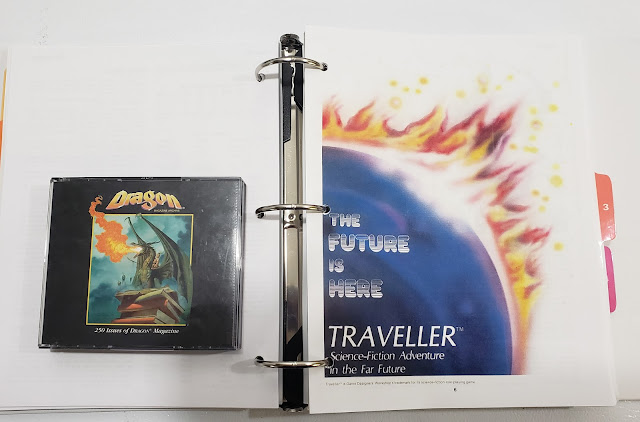
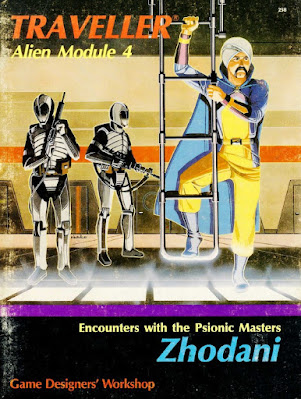
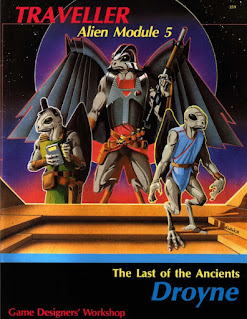




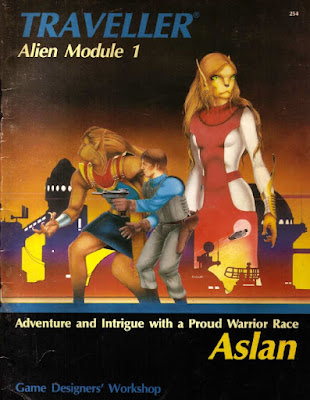
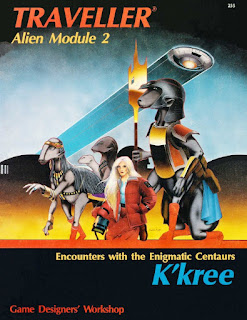
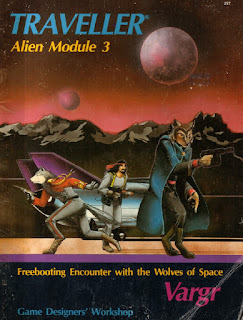




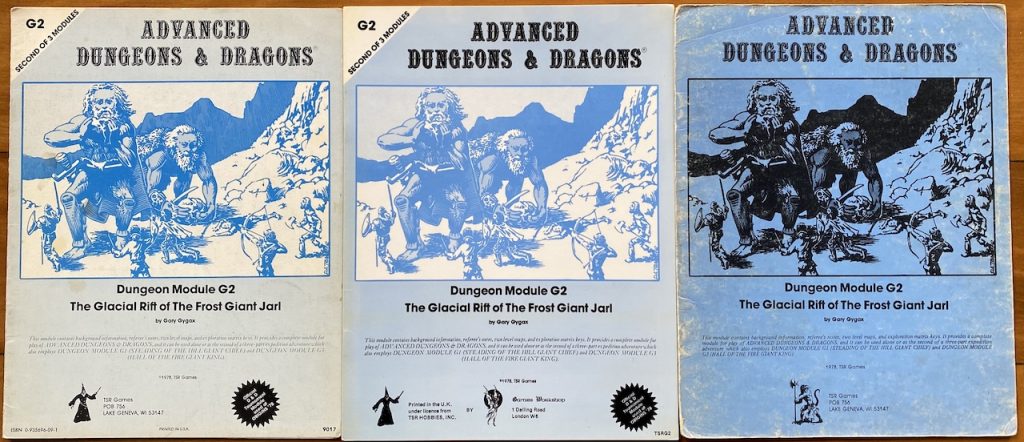 US, UK, Australian prints
What’s New?
US, UK, Australian prints
What’s New?
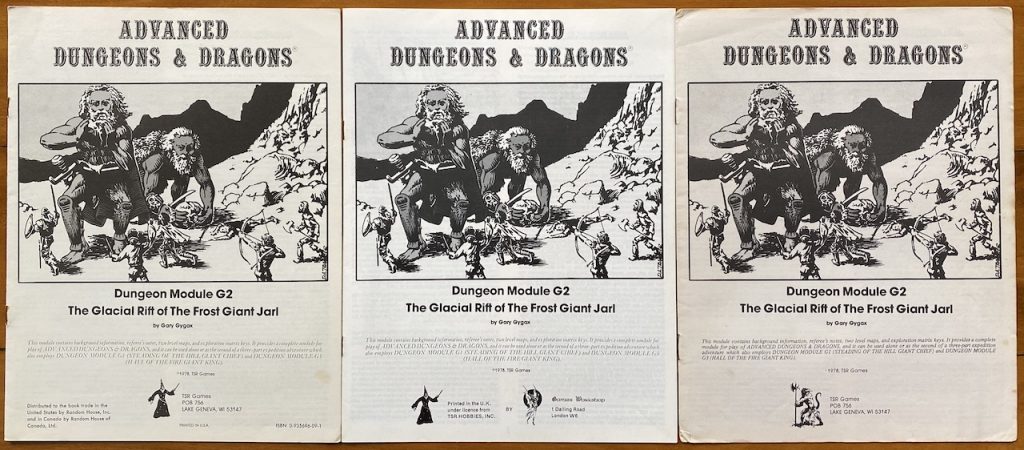 Art
Art
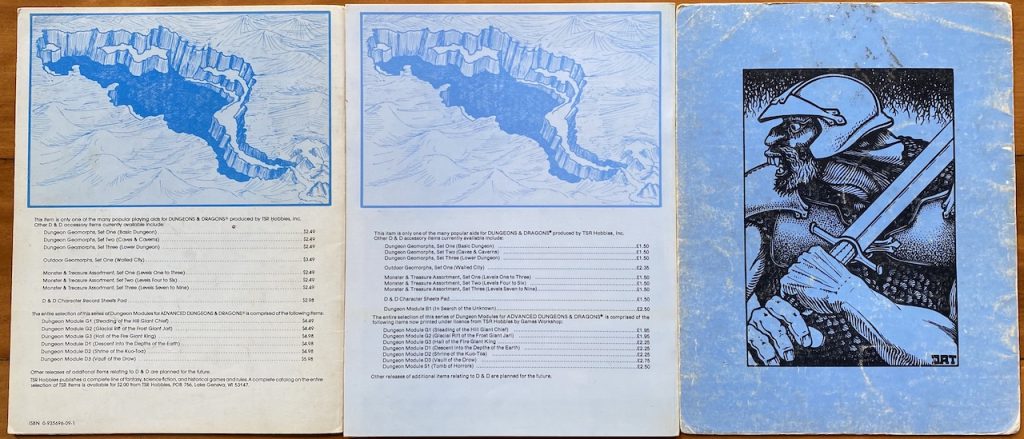 General
General
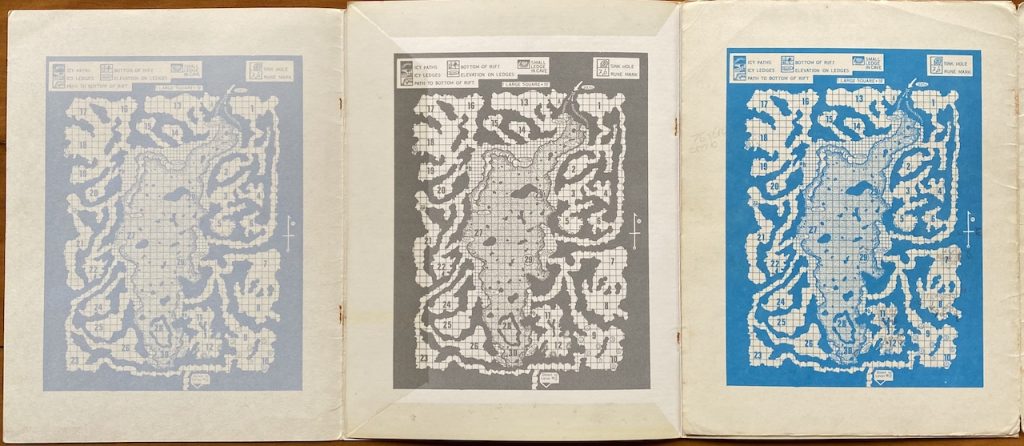 Image Information
Image Information









